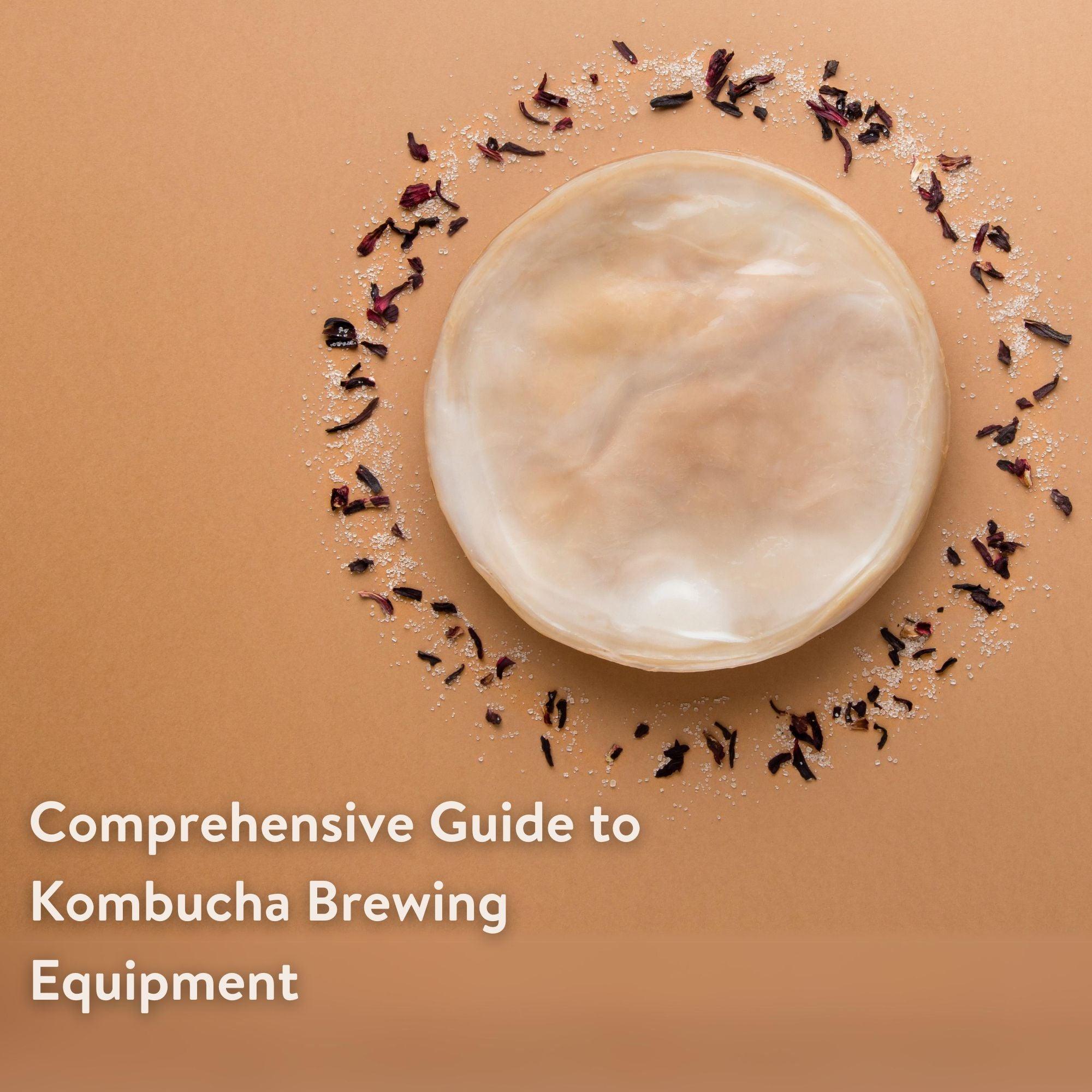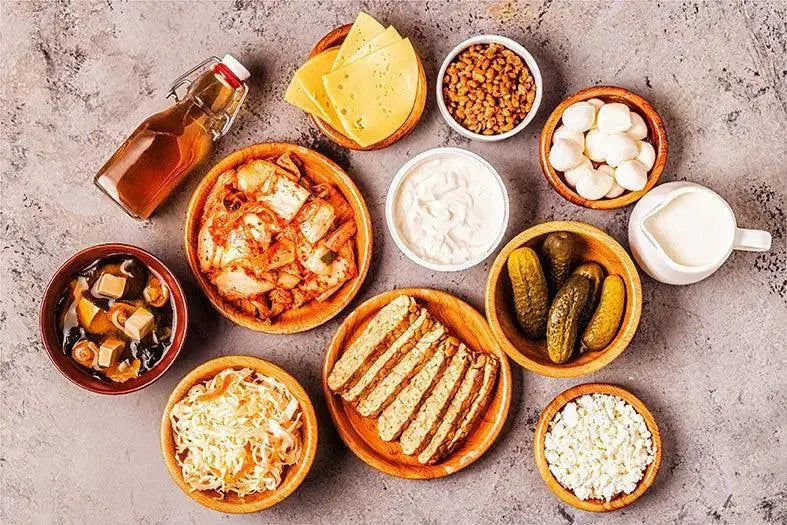Picture this: an urban jungle bustling with diverse dwellers, a cosmos of ceaseless activity and intertwined life. This metropolis isn't perched on our planet, but instead nestled within us. This is our gut microbiome – an intricate community of microorganisms that inhabit our intestines[1]. Hosting trillions of microbial cells from countless species, it's a fascinating part of our body teeming with bacteria, fungi, viruses, and parasites[2]. Their harmony within us underscores the interplay of human health and these minuscule life forms.
Understanding this invisible universe within us illuminates why it is often referred to as a 'virtual organ'[3]. With over three million genes, the gut microbiome significantly surpasses our own genetic blueprint, which consists of approximately 23,000 genes[4]. These microbial genes perform the orchestral task of producing thousands of metabolites that replace many of our bodily functions, and their performance impacts our health and well-being.
Gut Microbiota: The Unsung Heroes of Health

The gut microbiota play an integral part in maintaining our health. They are akin to diligent workers maintaining a city's infrastructure, performing various tasks that significantly impact our overall well-being. Their roles range from stimulating the immune system to breaking down potentially harmful food compounds and even synthesizing essential vitamins and amino acids[5].
A case in point, the enzymes necessary for vitamin B12 synthesis, vital for our nervous system and the formation of blood, are exclusive residents of bacterial cells, and absent in both plants and animals[6].
The gut microbiota also breaks down complex carbohydrates and fibers, which are otherwise indigestible, into short-chain fatty acids (SCFAs). This process is like converting rough stones into precious gems, with these SCFAs (acetate, propionate, and butyrate) serving as energy sources for our colon cells. They also regulate glucose and lipid metabolism and maintain gut health by suppressing inflammation and carcinogenesis[7].
Their protective role also extends to combating potential pathogens that may infiltrate our body through contaminated food or water. By competing for resources and attachment sites, they can inhibit the growth and spread of these harmful microbes[8].
Probiotics: Allies for Gut Health
Probiotics, often found in fermented foods like yogurt, kefir, sauerkraut, and kimchi, are live bacteria and yeasts that confer health benefits when consumed in ample amounts[9]. Like adding new, friendly inhabitants to our gut city, they help reinforce our body's defenses. They can help mitigate diarrhea severity after pathogenic exposure or replenish gut bacteria post-antibiotic use[10].
The Gut-Diet Interplay: A Tale of Two Cities
Our dietary choices can influence the composition and health of our gut city. Foods rich in fiber such as fruits, vegetables, beans, and whole grains, serve as excellent nourishment for our beneficial microbiota[11]. The fermentation of these fibers leads to the production of health-promoting SCFAs[12].
Conversely, a diet low in fiber can lead to the decline of beneficial microbiota and encourage the growth of harmful bacteria, leading to a state of dysbiosis or imbalance. This imbalance can make us susceptible to various diseases[13], thus emphasizing the importance of a high-fiber diet for maintaining gut health.
The Gut-Brain Connection: The Communication Superhighway
New research avenues are illuminating the fascinating highway of communication between our gut and our brain. This gut-brain axis suggests our gut microbiota can influence our mood, mental health, and behavior[14]. Certain gut bacteria can produce neurotransmitters like serotonin and dopamine, which are critical for mood regulation[15].
The Gut: A Pillar of Immunity
Imagine nearly 70% of a city's law enforcement residing in one district. That's akin to our gut, home to almost 70% of our body's immune cells, making it a substantial player in our immune response[16]. A healthy gut microbiome can bolster the body's resistance to infections, whereas a disturbed microbiome can trigger an overactive immune response, leading to conditions like allergies and autoimmune diseases[17].
Probiotics and Prebiotics: The Dynamic Duo for Gut Health
Both probiotics and prebiotics play pivotal roles in nurturing a thriving gut microbiome. If probiotics are the good citizens introduced to the gut city, prebiotics are the essential amenities that help them prosper. Foods rich in prebiotics like garlic, onions, asparagus, bananas, and whole grains, provide the necessary nutrients for these bacteria to thrive[18].
The Impact of Diet on Gut Health: A Direct Influence
Our dietary choices significantly influence the diversity and composition of our gut city. A varied diet, predominantly plant-based, encourages a diverse gut microbiota linked to better health[19]. Conversely, a diet high in processed foods and sugars can lead to a less diverse gut city, raising the risk of diseases[20].
Fiber and Gut Health: The Vital Connection
Dietary fiber plays a crucial role in maintaining a thriving gut city. It serves as food for beneficial gut bacteria, promoting their growth and the production of health-promoting SCFAs[21]. A high-fiber diet can also enhance gut health by promoting regular bowel movements and reducing the risk of digestive conditions like irritable bowel syndrome and colon cancer[22].
The Future of Gut Health Research: The Uncharted Frontier
The field of gut health research is akin to an unexplored planet teeming with potential discoveries. Scientists are delving deeper into understanding how the microbiome and its metabolites influence human health and disease[23]. They're also investigating how factors such as diet, medication, and environment impact our gut city's composition[24].
Emerging research areas include exploring the microbiome's influence on response to treatments such as chemotherapy and immunotherapy, understanding the microbiome differences between healthy individuals and those with chronic diseases, and the development of diagnostic biomarkers from the microbiome for early disease detection[25].
In conclusion, the gut microbiome plays a vital role in our health, influencing everything from our immune response to our mood. By comprehending its significance and learning to nurture it through diet and lifestyle, we can actively promote our overall health and well-being.
- Sender, R., Fuchs, S., & Milo, R. (2016). Revised estimates for the number of human and bacteria cells in the body. PLoS biology, 14(8), e1002533.
- Ursell, L. K., Metcalf, J. L., Parfrey, L. W., & Knight, R. (2012). Defining the human microbiome. Nutrition reviews, 70(suppl_1), S38-S44.
- O'Hara, A. M., & Shanahan, F. (2006). The gut flora as a forgotten organ. EMBO reports, 7(7), 688-693.
- Consortium, H. G. S. (2004). Finishing the euchromatic sequence of the human genome. Nature, 431(7011), 931-945.
- Belkaid, Y., & Hand, T. W. (2014). Role of the microbiota in immunity and inflammation. Cell, 157(1), 121-141.
- Banerjee, R. V., & Matthews, R. G. (1990). Cobalamin-dependent methionine synthase. The FASEB Journal, 4(5), 1450-1459.
- Koh, A., De Vadder, F., Kovatcheva-Datchary, P., & Bäckhed, F. (2016). From dietary fiber to host physiology: short-chain fatty acids as key bacterial metabolites. Cell, 165(6), 1332-1345.
- Buffie, C. G., & Pamer, E. G. (2013). Microbiota-mediated colonization resistance against intestinal pathogens. Nature Reviews Immunology, 13(11), 790-801.
- Hill, C., Guarner, F., Reid, G., Gibson, G. R., Merenstein, D. J., Pot, B., ... & Calder, P. C. (2014). The International Scientific Association for Probiotics and Prebiotics consensus statement on the scope and appropriate use of the term probiotic. Nature Reviews Gastroenterology & Hepatology, 11(8), 506-514.
- Sanders, M. E., Guarner, F., Guerrant, R., Holt, P. R., Quigley, E. M., Sartor, R. B., ... & Mayer, E. A. (2013). An update on the use and investigation of probiotics in health and disease. Gut, 62(5), 787-796.
- David, L. A., Maurice, C. F., Carmody, R. N., Gootenberg, D. B., Button, J. E., Wolfe, B. E., ... & Biddinger, S. B. (2014). Diet rapidly and reproducibly alters the human gut microbiome. Nature, 505(7484), 559-563.
- Sonnenburg, E. D., & Sonnenburg, J. L. (2014). Starving our microbial self: the deleterious consequences of a diet deficient in microbiota-accessible carbohydrates. Cell metabolism, 20(5), 779-786.
- Petersen, C., & Round, J. L. (2014). Defining dysbiosis and its influence on host immunity and disease. Cellular microbiology, 16(7), 1024-1033.
- Cryan, J. F., & Dinan, T. G. (2012). Mind-altering microorganisms: the impact of the gut microbiota on brain and behaviour. Nature Reviews Neuroscience, 13(10), 701-712.
- Yano, J. M., Yu, K., Donaldson, G. P., Shastri, G. G., Ann, P., Ma, L., ... & Hsiao, E. Y. (2015). Indigenous bacteria from the gut microbiota regulate host serotonin biosynthesis. Cell, 161(2), 264-276.
- Vighi, G., Marcucci, F., Sensi, L., Di Cara, G., & Frati, F. (2008). Allergy and the gastrointestinal system. Clinical and Experimental Immunology, 153, 3-6.
- Honda, K., & Littman, D. R. (2016). The microbiota in adaptive immune homeostasis and disease. Nature, 535(7610), 75-84.
- Gibson, G. R., Hutkins, R., Sanders, M. E., Prescott, S. L., Reimer, R. A., Salminen, S. J., ... & Reid, G. (2017). Expert consensus document: The International Scientific Association for Probiotics and Prebiotics (ISAPP) consensus statement on the definition and scope of prebiotics. Nature reviews Gastroenterology & hepatology, 14(8), 491-502.
- Conlon, M. A., & Bird, A. R. (2015). The impact of diet and lifestyle on gut microbiota and human health. Nutrients, 7(1), 17-44.
- Cani, P. D. (2018). Human gut microbiome: hopes, threats and promises. Gut, 67(9), 1716-1725.
- Koh, A., De Vadder, F., Kovatcheva-Datchary, P., & Bäckhed, F. (2016). From dietary fiber to host physiology: short-chain fatty acids as key bacterial metabolites. Cell, 165(6), 1332-1345.
- Anderson, J. W., Baird, P., Davis Jr, R. H., Ferreri, S., Knudtson, M., Koraym, A., ... & Williams, C. L. (2009). Health benefits of dietary fiber. Nutrition reviews, 67(4), 188-205.
- Lynch, S. V., & Pedersen, O. (2016). The human intestinal microbiome in health and disease. New England Journal of Medicine, 375(24), 2369-2379.
- Zmora, N., Suez, J., & Elinav, E. (2019). You are what you eat: diet, health and the gut microbiota. Nature Reviews Gastroenterology & Hepatology, 16(1), 35-56.
- Gilbert, J. A., Blaser, M. J., Caporaso, J. G., Jansson, J. K., Lynch, S. V., & Knight, R. (2018). Current understanding of the human microbiome. Nature medicine, 24(4), 392-400.



